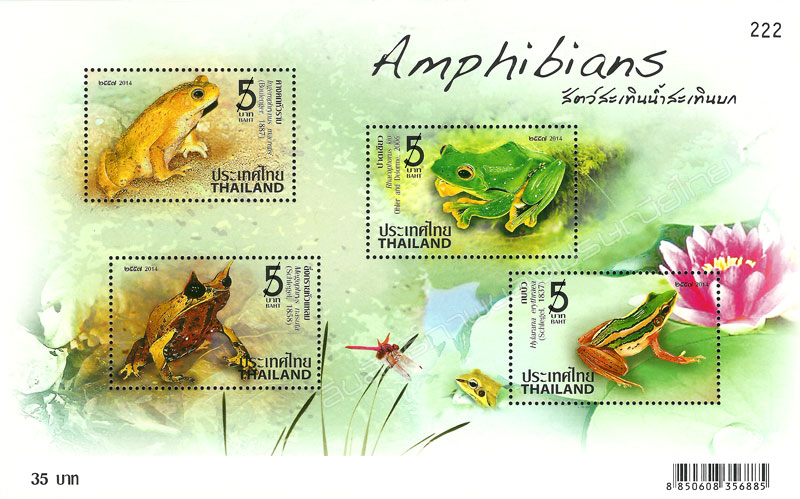Calyptocephalella gayi, or the Chilean helmeted bull is the world’s largest frog and Chile’s largest amphibian. It measures around twenty centimeters in length and weighing over one kilo (roughly 2..2 lbs). It can only be found in this country and in 2008 it was listed on the Red List of Threatened Species compiled by the International Union for Conservation of Nature (IUCN). Experts now believe it could take as little as two decades for the species, which has been in existence since before the American continent was formed, to be wiped out completely.The frog was referred to under a different name until experts recently noted the strong similarity between a fossil genus of a Calyptocephalella gayi, which they believed to be extinct, and the twenty centimeter frog which can be found today in Chile. This observation brought the species out of extinction, with experts referring to the creature as a “living fossil,”yet is has swiftly become categorized as a “vulnerable” species, which is Chile’s penultimate category before extinction.
Human interference in the frog’s natural habitat has drastically reduced the species’ numbers in recent years, with activities such as felling, cultivation of land and the rearing of livestock causing fatal ecosystem degradation.
The frog’s size has also aided its own downfall, as it proffers enough flesh to be sold as a delicacy in regions across Chile. The introduction of foreign species such as Xenopus laevis has also contributed to the decline in numbers, as they bear a fungus fatal to the Super Frog.
Few measures are currently being taken by the Chilean authorities to prevent the crisis the species is facing. Whilst hunting is prohibited by law, farmers are known to evade prosecution by claiming to rear the frogs in order to sell them rather than to slaughter them. Strategic attempts to disseminate colonies into Argentina have also proved unsuccessful.
Experts say that the survival of the species would prove beneficial for the whole ecosystem. The wide-mouthed toad is a great source of pest control, without which farmers could find themselves confronting plagues of insects, such as mosquitos, and/or parasites.
The species’ disappearance would further affect agriculture as the frog’s song has become a useful tool for farmers, who recognise that their song anticipates rainfall.
Experts recommend that educating and disseminating information about the Calyptocephalella gayi, and how to preserve their habitat is the only way to prevent the impending extinction.
Source: I Love Chile News, 17 September 2014
http://www.ilovechile.cl/2014/09/17/chiles-largest-amphibian-face-extin…

- Log in to post comments
